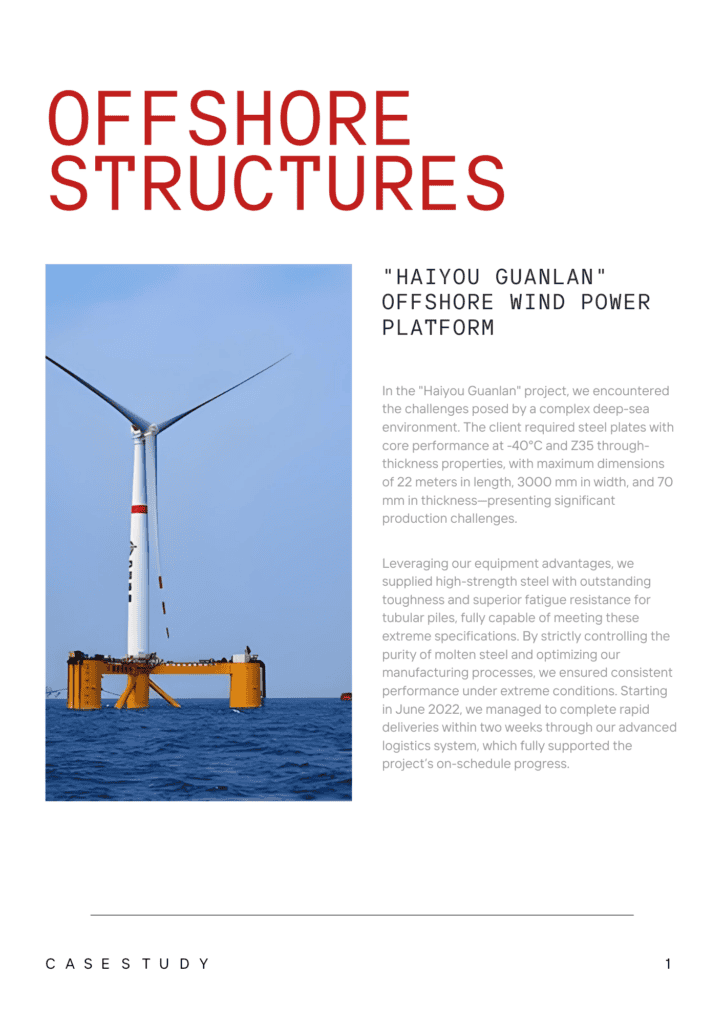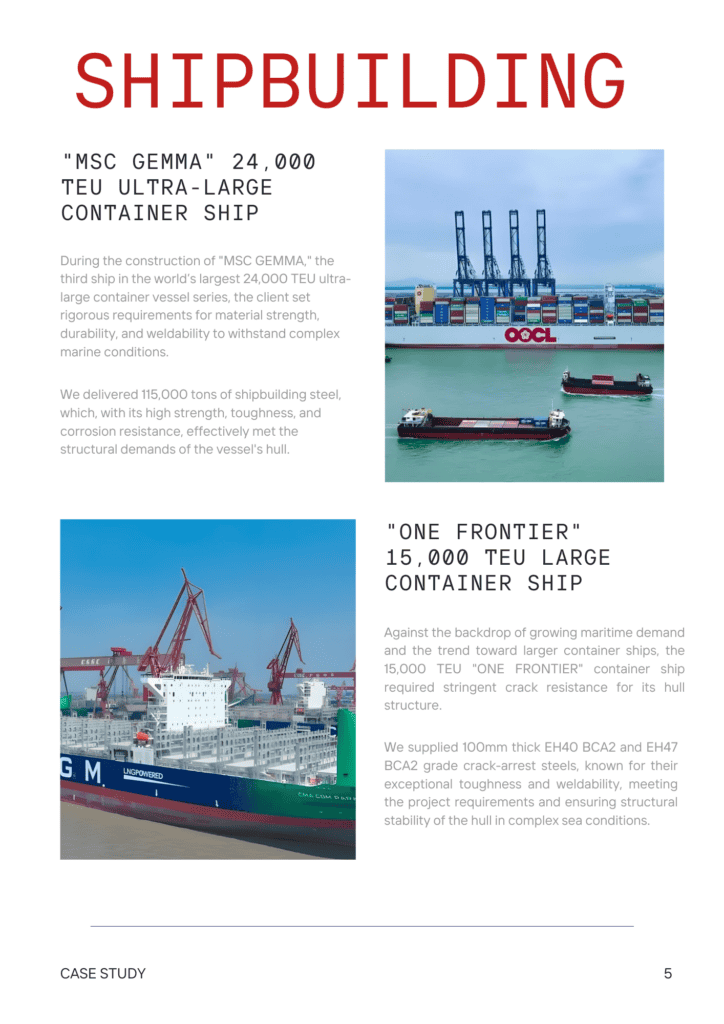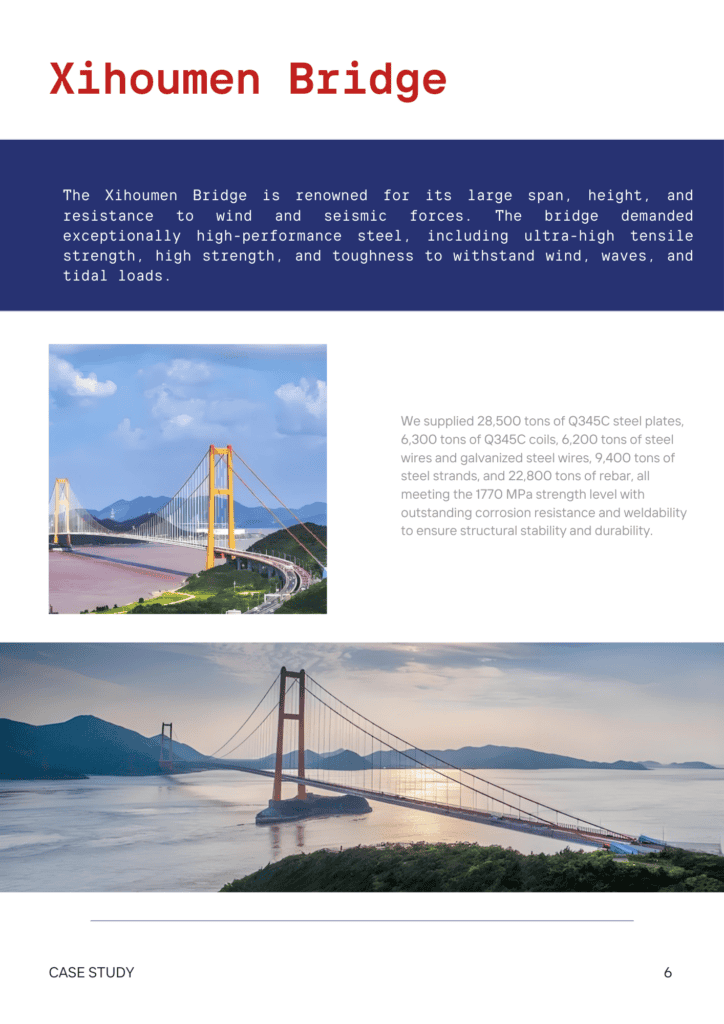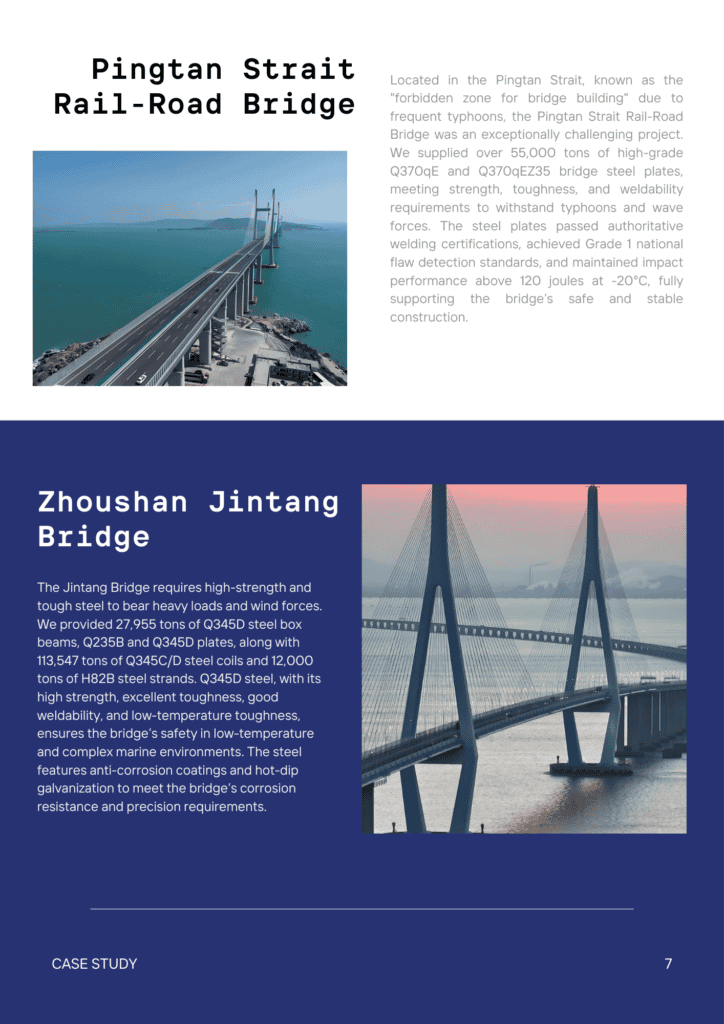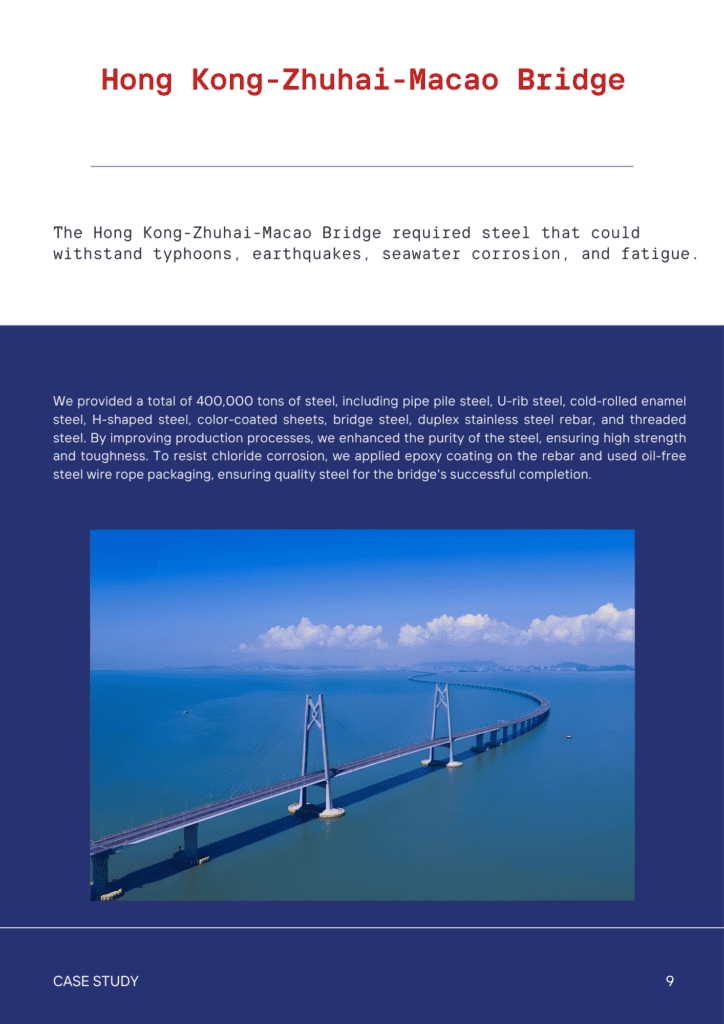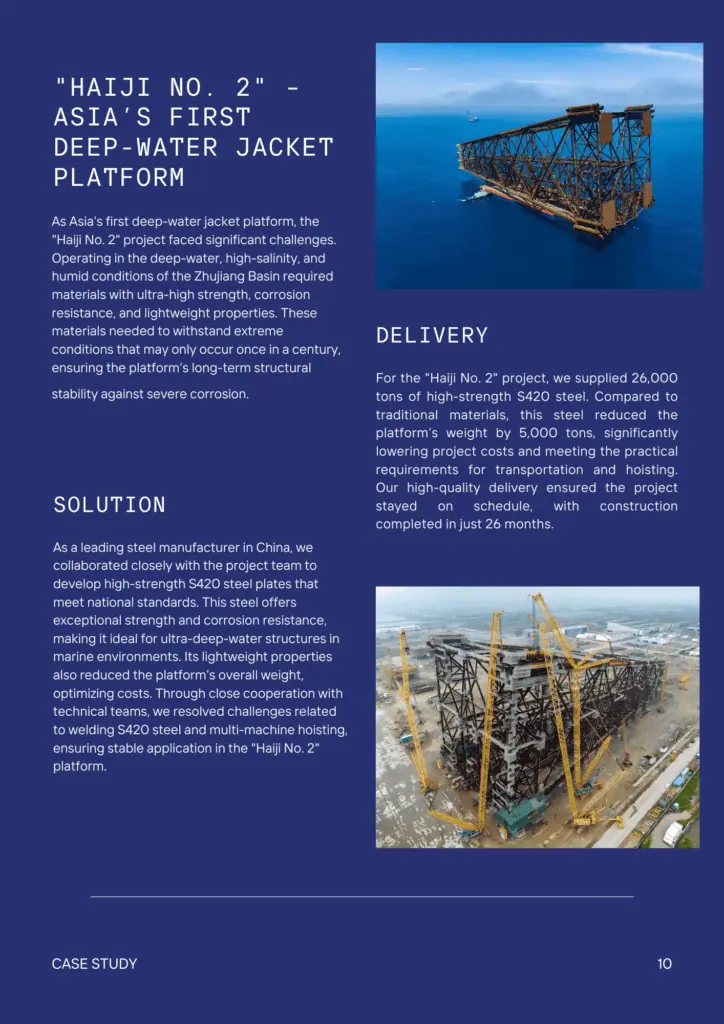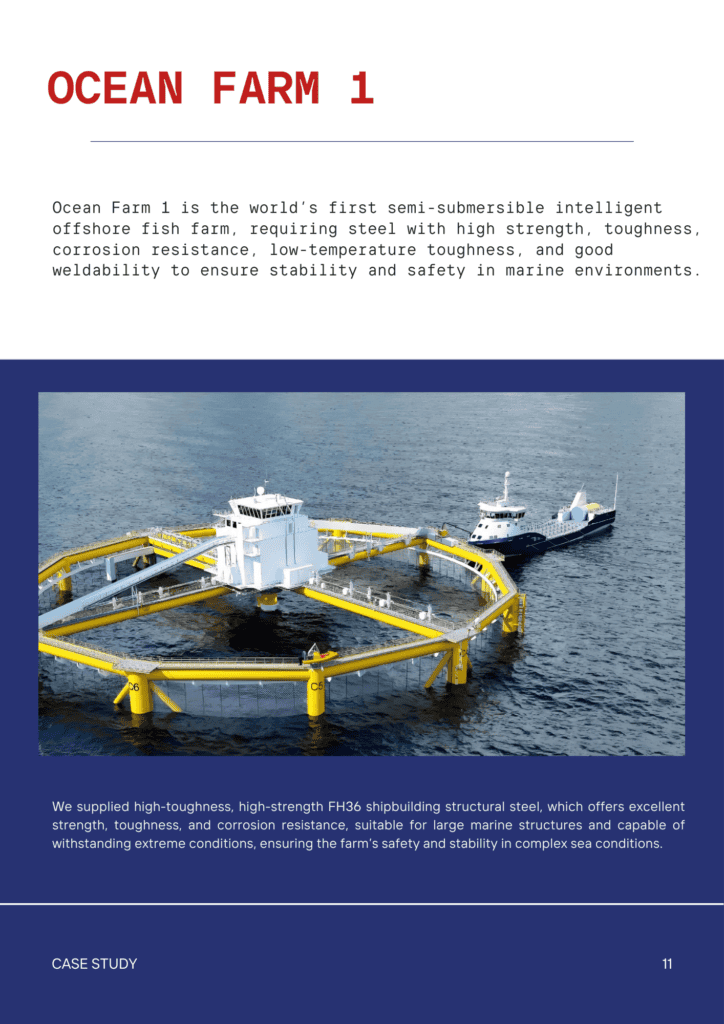Contents
H13 Tool Steel Hardness: Data And Factors
- John
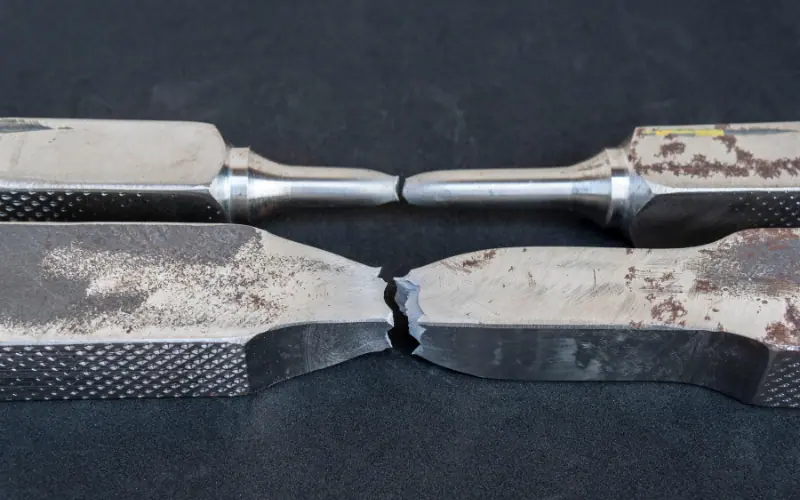
As a manufacturer, SteelPRO Group offers H13 tool steel products in the annealed (machinable) state, available in plates, bars, and rods. We also provide hardening and tempering services for those requiring higher hardness to meet specific performance needs.
Typical Hardness of H13 Tool Steel
After proper heat treatment, the typical hardness range for H13 tool steel falls between 45-52 HRC. This range is ideal for applications requiring high strength and excellent wear resistance at elevated temperatures, such as die-casting and hot work tooling.
Here is an overview of H13’s hardness in different states:
Initial State: H13 tool steel starts at around 30-35 HRC. This is the baseline hardness before any heat treatment is applied.
After Quenching: Once H13 has been quenched, its hardness typically increases to 45-50 HRC. This is done by raising the steel to a high temperature and then quickly cooling it to preserve its hardness and enhance its resistance to wear.
After Tempering: Post-tempering, the hardness ranges between 47-52 HRC. Tempering improves toughness while maintaining a high level of hardness, making it perfect for demanding tasks.
Alloying Elements Affecting H13 Steel Hardness
H13 tool steel contains several alloying elements such as chromium, molybdenum, and vanadium, which play an important role in its hardness. Chromium improves hardenability, molybdenum enhances heat resistance, and vanadium helps with the formation of carbides that increase wear resistance.
In general, the more of these alloying elements that are present, the higher the potential hardness of H13 tool steel.
Heat Treatment Affecting H13 Steel Hardness
Here is a summary of H13 tool steel hardness at different heat treatment conditions.
| Hardness (HRC) | Quenching | Tempering Temperature |
| 28 – 30 | Quenched with air or oil | 705°C (1300°F) |
| 31 – 33 | Quenched with air or oil | 675°C (1250°F) |
| 39 – 41 | Quenched with air or oil | 650°C (1200°F) |
| 45 – 47 | Quenched with air or oil | 620°C (1150°F) |
| 49 – 51 | Quenched with air or oil | 595°C (1100°F) |
| 51 – 53 | Quenched with air or oil | 565°C (1050°F) |
| 51 – 53 | By air from 1025°C (1875°F) or by oil from 1010°C (1850°F). | No temper |
| Quenched with air or oil | 1 hour at 315°C (600°F), 425°C (800°F), and 480°C (900°F) | |
| 52 – 54 | Quenched with air or oil | 510°C (950°F) and 540°C (1000°F) |
Quenching
- Cooling rapidly in oil or water forms a hard martensitic structure, resulting in harder steel (around 45-50 HRC). However, this can make the steel more brittle, so, it must be managed with caution.
- Slower cooling, like air cooling, doesn’t produce the same hardness. Steel cooled this way typically stays around 30-35 HRC, offering more toughness but less wear resistance.
Tempering
- The hardness of the steel decreases with higher tempering temperatures, as it transforms the brittle martensite into tempered martensite or even other softer phases.
Customized H13 Tool Steel Solutions for Your Exact Needs
Whether you need H13 tool steel for its machinability or require specific hardness for demanding applications, our team is ready to provide tailored solutions that fit your exact needs. With our expertise in heat treatment services like hardening and tempering, we ensure that your H13 steel performs at its best.
Reach out today to discuss how we can support your project—let’s find the right solution together!




